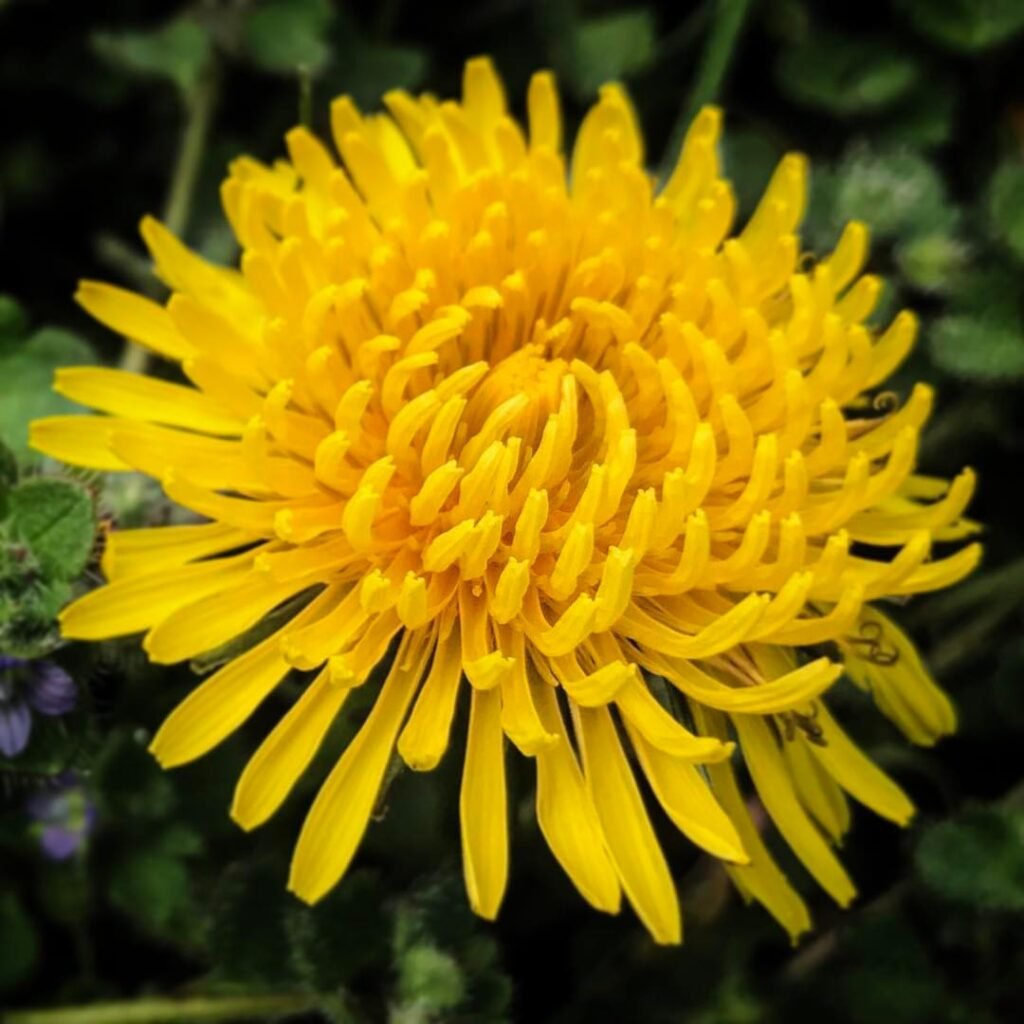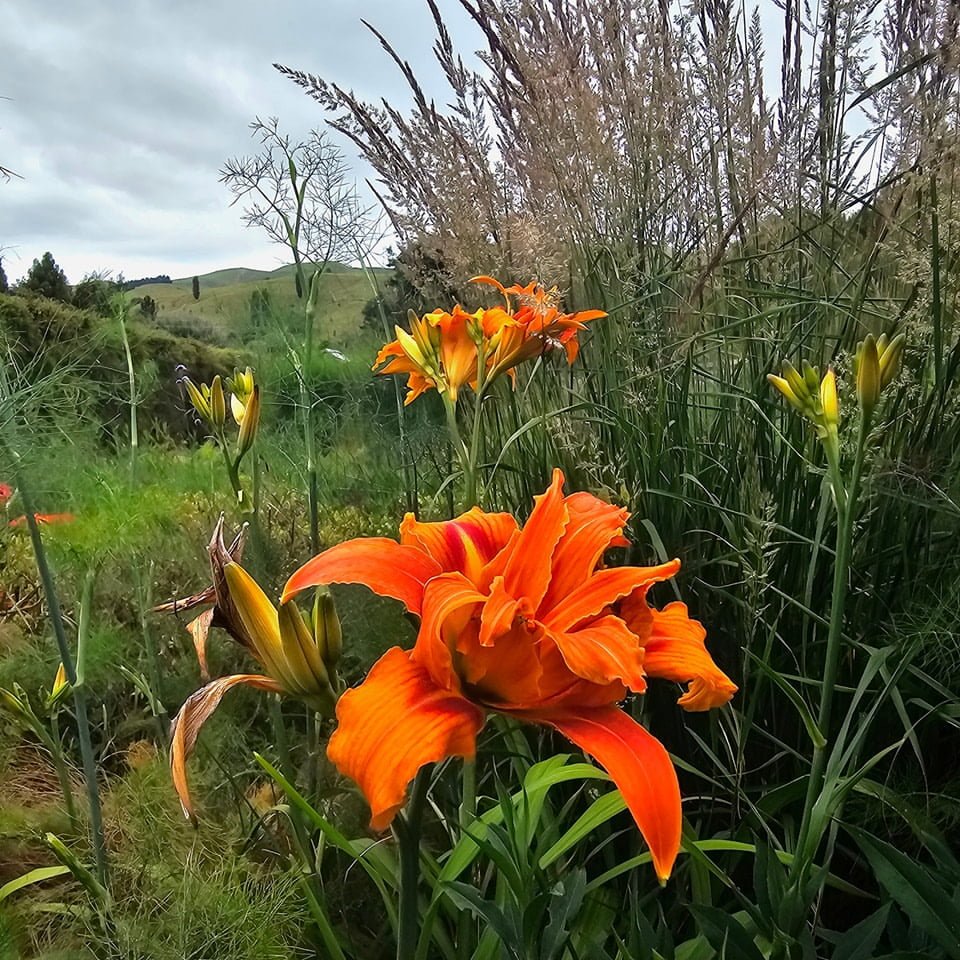Discover the captivating beauty of 20 exquisite flowers that start with the letter ‘D’. From the regal dahlia to the delicate daffodil, explore their unique characteristics, growing requirements, and remarkable uses in this comprehensive guide.
Nature’s floral tapestry is woven with a vast array of colors, shapes, and scents, each bloom offering its own unique charm and allure. Among this diverse array, flowers that start with the letter ‘D’ hold a special place, captivating the senses with their beauty and versatility. Join us as we embark on a journey through 20 enchanting flowers that begin with ‘D’, unveiling their fascinating characteristics, growing requirements, and remarkable uses.
1. Dahlia

- Botanical Name: Dahlia
- USDA Growing Zones: Annual in most regions, perennial in zones 8-10
- Sun Exposure: Full sun
- Soil Needs: Well-draining, fertile soil
The dahlia is a true showstopper, with its vibrant and intricately layered blooms in a kaleidoscope of colors. These stunning flowers come in a wide range of shapes and sizes, from delicate singles to massive, fluffy pom-poms. Dahlias are highly prized for their beauty and make excellent cut flowers, adding drama and elegance to any bouquet or garden display.
2. Daffodil

- Botanical Name: Narcissus
- USDA Growing Zones: 3-8
- Sun Exposure: Full sun to partial shade
- Soil Needs: Well-draining soil
The daffodil is a beloved spring-blooming bulb that heralds the arrival of warmer days with its cheerful, trumpet-shaped blooms. These hardy flowers come in shades of yellow, white, and orange, and they are often seen naturalized in meadows or gardens, creating a stunning display of early spring color.
3. Dandelion

- Botanical Name: Taraxacum officinale
- USDA Growing Zones: 3-10
- Sun Exposure: Full sun to partial shade
- Soil Needs: Well-draining soil
While often considered a weed, the dandelion is a resilient and versatile plant with bright yellow, puffball-like flowers that transform into delicate seed heads. These hardy blooms are not only edible but also have medicinal properties and are valued for their ability to attract pollinators.
4. Daylily

- Botanical Name: Hemerocallis
- USDA Growing Zones: 3-9
- Sun Exposure: Full sun to partial shade
- Soil Needs: Well-draining soil
The daylily is a robust and reliable perennial that produces vibrant, trumpet-shaped blooms in a wide range of colors, including orange, yellow, red, and purple. These long-blooming flowers are easy to grow and add a burst of color to gardens or borders, blooming for a single day before giving way to fresh blooms the next.
5. Delphinium

Botanical Name: Delphinium
USDA Growing Zones: 3-7
Sun Exposure: Full sun
Soil Needs: Well-draining, fertile soil
The delphinium, also known as the larkspur, is a stunning perennial that produces tall spikes of vibrant blue, purple, or white flowers. These elegant blooms are highly prized for their beauty and are often used in cutting gardens or as backdrop plants in borders, adding height and drama to any floral display.
6. Dianthus

- Botanical Name: Dianthus
- USDA Growing Zones: 3-9
- Sun Exposure: Full sun
- Soil Needs: Well-draining, fertile soil
The dianthus, also known as the carnation or sweet william, is a delightful and fragrant flower that comes in a wide range of colors, including pink, red, white, and bicolors. These charming blooms are perfect for adding a touch of whimsy to gardens, borders, or rock gardens, and they are often used in bouquets and floral arrangements.
7. Diascia

- Botanical Name: Diascia
- USDA Growing Zones: Annual, or perennial in zones 9-11
- Sun Exposure: Full sun to partial shade
- Soil Needs: Well-draining soil
The diascia is a charming annual or perennial plant that produces clusters of small, snapdragon-like flowers in shades of pink, orange, or cream. These delicate blooms are perfect for adding a touch of color to containers, hanging baskets, or rock gardens, and they are known for their ability to attract pollinators like butterflies and hummingbirds.
8. Digitalis

- Botanical Name: Digitalis
- USDA Growing Zones: 4-8
- Sun Exposure: Partial shade
- Soil Needs: Well-draining, fertile soil
Also known as foxglove, the digitalis is a striking perennial that produces tall spikes of tubular, bell-shaped flowers in shades of purple, white, or pink. These stately blooms are highly prized for their architectural form and are often used in borders, woodland gardens, or as accent plants in shaded areas.
9. Dittany

- Botanical Name: common dittany (Cunila origanoides)
- USDA Growing Zones: 5-9
- Sun Exposure: Full sun
- Soil Needs: Well-draining soil
The dittany is a small, aromatic perennial that produces clusters of tiny, purplish-pink flowers. These blooms are highly attractive to pollinators and are often used in rock gardens, herb gardens, or as ground covers. The dittany is also valued for its culinary and medicinal uses.
10. Dogwood

- Botanical Name: Cornus
- USDA Growing Zones: Varies by species
- Sun Exposure: Full sun to partial shade
- Soil Needs: Well-draining, fertile soil
While not technically a flower, the dogwood is a beloved tree or shrub that produces spectacular showy bracts in shades of white, pink, or red. These bracts surround the tiny, inconspicuous flowers, creating a stunning display that is often associated with the arrival of spring.
11. Dracaena

- Botanical Name: Dracaena fragrans
- USDA Growing Zones: 9-11
- Sun Exposure: Bright, indirect light
- Soil Needs: Well-draining soil
The dracaena is a genus of tropical plants that includes both trees and shrubs, many of which produce fragrant, pinkish-white or greenish-white flowers. These blooms are often used in floral arrangements or as accent plants in indoor spaces or warm, humid gardens.
12. Drumstick Allium

- Botanical Name: Allium sphaerocephalon
- USDA Growing Zones: 4-8
- Sun Exposure: Full sun
- Soil Needs: Well-draining soil
The drumstick allium is a unique and eye-catching ornamental onion that produces globe-shaped clusters of tiny, reddish-purple flowers atop tall, slender stems. These striking blooms add architectural interest to gardens and are often used as accent plants or in cutting gardens for their long-lasting display.
13. Dutchman’s Breeches

- Botanical Name: Dicentra cucullaria
- USDA Growing Zones: 3-7
- Sun Exposure: Partial to full shade
- Soil Needs: Moist, humus-rich soil
The Dutchman’s breeches is a delicate and enchanting wildflower that produces clusters of unique, white, pantaloon-shaped blooms. These charming flowers are often found in woodlands and are perfect for adding a touch of whimsy to shaded gardens or naturalized areas.
14. Dutchman’s Pipe (Aristolochia)

- Botanical Name: Dicentra cucullaria
- USDA Growing Zones: Varies by species
- Sun Exposure: Full sun to partial shade
- Soil Needs: Well-draining soil
The Dutchman’s pipe is a unique and exotic vine that produces intricate, pipe-shaped flowers in shades of green, purple, or brown. These unusual blooms are highly attractive to pollinators and are often grown for their ornamental value in gardens or as indoor plants.
15. Dwarf Dahlia

- Botanical Name: Dahlia x hortensis
- USDA Growing Zones: Annual in most regions, perennial in zones 8-10
- Sun Exposure: Full sun
- Soil Needs: Well-draining, fertile soil
The dwarf dahlia is a compact and low-growing variety of the classic dahlia, producing vibrant, ball-shaped blooms in a wide range of colors. These eye-catching flowers are perfect for adding a burst of color to containers, borders, or small gardens, and they make excellent cut flowers for bouquets or arrangements.
16. Dwarf Daffodil

- Botanical Name: Narcissus ‘Tête-à-tête’
- USDA Growing Zones: 3-8
- Sun Exposure: Full sun to partial shade
- Soil Needs: Well-draining soil
The dwarf daffodil is a delightful and petite variety of the classic daffodil, producing cheerful, trumpet-shaped blooms in shades of yellow, white, or bicolors. These miniature bulbs are perfect for rock gardens, containers, or naturalized areas, adding a touch of early spring charm to any outdoor space.
17. Daylily

- Botanical Name: Hemerocallis
- USDA Growing Zones: 3-9
- Sun Exposure: Full sun to partial shade
- Soil Needs: Well-draining soil
While daylilies were mentioned earlier, it’s worth noting their incredible diversity. These reliable perennials come in a vast array of colors, sizes, and forms, from petite blooms to massive, ruffled varieties. Daylilies are easy to grow and add a continuous display of color to gardens throughout the summer months.
18. Desert Willow

- Botanical Name: Chilopsis linearis
- USDA Growing Zones: 7-10
- Sun Exposure: Full sun
- Soil Needs: Well-draining soil
The desert willow is a striking tree or shrub that produces clusters of delicate, trumpet-shaped flowers in shades of pink, purple, or white. These blooms are highly attractive to hummingbirds and add a touch of beauty to arid landscapes or desert gardens.
19. Dune Sunflower

- Botanical Name: Helianthus debilis
- USDA Growing Zones: 5-10
- Sun Exposure: Full sun
- Soil Needs: Well-draining, sandy soil
The dune sunflower is a hardy and resilient perennial that produces bright yellow, daisy-like flowers. These cheerful blooms are well-suited for coastal gardens or sandy areas, adding a touch of sunshine and cheer to even the harshest environments.
20. Dusky Cranesbill

- Botanical Name: Geranium phaeum
- USDA Growing Zones: 4-8
- Sun Exposure: Partial to full shade
- Soil Needs: Well-draining, fertile soil
The dusky cranesbill is a delightful and low-maintenance perennial that produces clusters of deep purple, cup-shaped flowers. These charming blooms are perfect for adding a touch of rich color to shaded areas or woodland gardens, and they are known for their ability to naturalize and spread over time.
This enchanting exploration of 20 captivating flowers that start with the letter ‘D’ has unveiled a diverse array of floral treasures, each with its own unique charm and allure. From the regal dahlia to the delicate daffodil, these blooms offer a delightful mix of colors, shapes, and fragrances that can elevate any garden or indoor space. Whether you’re a seasoned gardener or simply appreciate nature’s floral artistry, we hope this guide has inspired you to cultivate and enjoy these ‘D’ flowers, adding vibrancy, beauty, and joy to your surroundings.